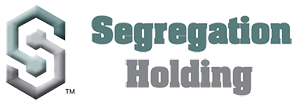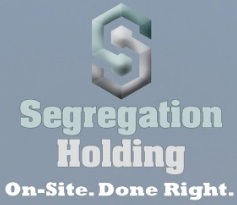 Cost segregation is the act of identifying IRS Code Sec. 1245 property.
Cost segregation is the act of identifying IRS Code Sec. 1245 property.
IRS Code Sec. 1245(a)(3) provides that IRS Code (Sec. = §) 1245 property includes any property that is of a character subject to the allowance for depreciation and is either personal property or certain other property described within Code §1245(a)(3) (B) through (F).
- (A) Personal property. Reg. §1.1245-3(b) provides that “personal property” includes tangible personal property as defined in Reg. §1.48-1(c). That regulation contained rules defining property eligible for the ITC. The definition of tangible personal property was broadly construed under the ITC rules and, because this definition is now applied to Code §168, it can often result in the re-characterization of Code §1250 real property into Code §1245 personal property. The ITC regulations provide the following in defining personal property and real property under Code §1245: The fact that under local law property is held to be personal property or tangible property shall not be controlling. Conversely, property may be personal property for purposes of the [Code §1245] even though under local law the property is considered to be a fixture and therefore real property. For purposes of this section, the term “tangible personal property” means any tangible property except land and improvements thereto, such as buildings or other inherently permanent structures (including items which are structural components of such buildings or structures). …Tangible personal property includes all property (other than structural components) that is contained in or attached to a building.
- (B) The second type of Code §1245 property is other tangible property (not including a building or its structural components) that was (1) used as an integral part of manufacturing, production or extraction of, or furnishing transportation, communications, electrical energy, gas, water or sewage disposal services; (2) constituted a research facility used in connection with any of the activities referred to in clause (1); or (3) constituted a facility used in connection with any of the activities referred to in clause (1) for the bulk storage of fungible commodities (including commodities in liquid or gaseous state).
- (C) The third type of Code §1245 property is so much of any real property that has an adjusted basis in which there are reflected adjustments for amortization under Code
§169 (pollution control facilities), Code §179 (election to expense certain depreciable business assets), Code §179A (clean-fuel vehicle refueling property), Code §190 (qualified architectural and transportation barrier removal expenses) or Code §194 (reforestation expenditures). Other types of Code §1245 property found under Code §1245(a)(3) are: - (D) a single purpose agricultural or horticultural structure;
- (E) a storage facility (not including a building or its structural components) used in connection with the distribution of petroleum or any primary product of petroleum; or
- (F) any railroad grading or tunnel bore. A farm may contain significant Code §1245 property due to single purpose agricultural or horticultural structures, and a taxpayer exchanging farm property for non-farm property may encounter significant depreciation recapture problems.
Cost segregation is the methodology used to reclassify certain building costs into separate identifiable components that can be depreciated over shorter lives (5-, 7- & 15-years). The primary purpose of a cost segregation study is to reclassify as much of the qualifying building costs between land improvements and tangible personal property (§1245). The more costs allocated to personal property, the greater the desired tax benefit. Personal property creates tax benefits because of it’s shorter depreciation period while normal “real property” (§1250) building costs are depreciated over 27.5 or 39 years.
Costs that may be reclassified to land improvements consist of, but are not limited to, certain landscaping, sidewalks, curbs, wheel stops, and fencing which are depreciated over a 15-year recovery period. Costs that may be reclassified to tangible personal property include, but are not limited to, movable partitions, secondary (decorative) lighting, redundant systems (e.g., back-up generator and AC for computer room), removable carpeting and wallpaper, certain fixtures and window treatments, and cabinetry, just to name a very few. Support systems that are needed to run certain equipment or machinery could be considered personal or “tangible” property under most circumstances…these are depreciated over 5- and 7-years.
Apply cost segregation today by requesting a free, no-obligation, benchmark analysis of your commercial property.
www.SegregationHolding.com
Email [email protected]
Twitter @SHLCostSeg
Call 972-865-9050


